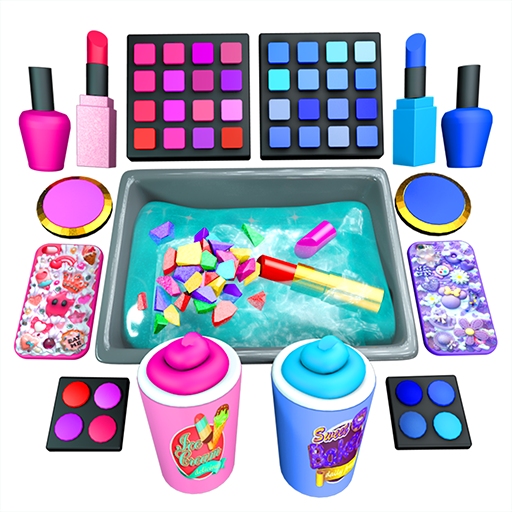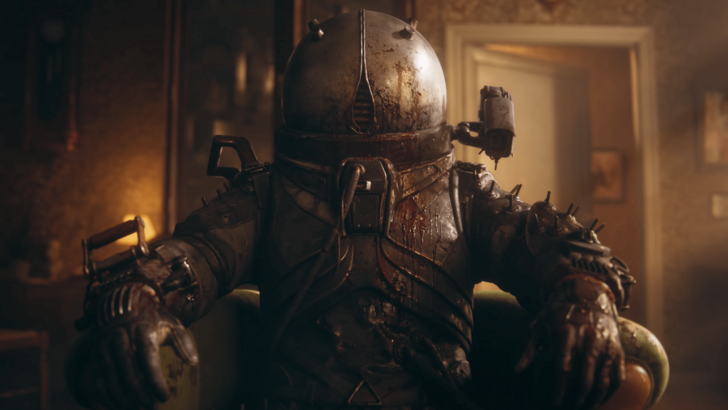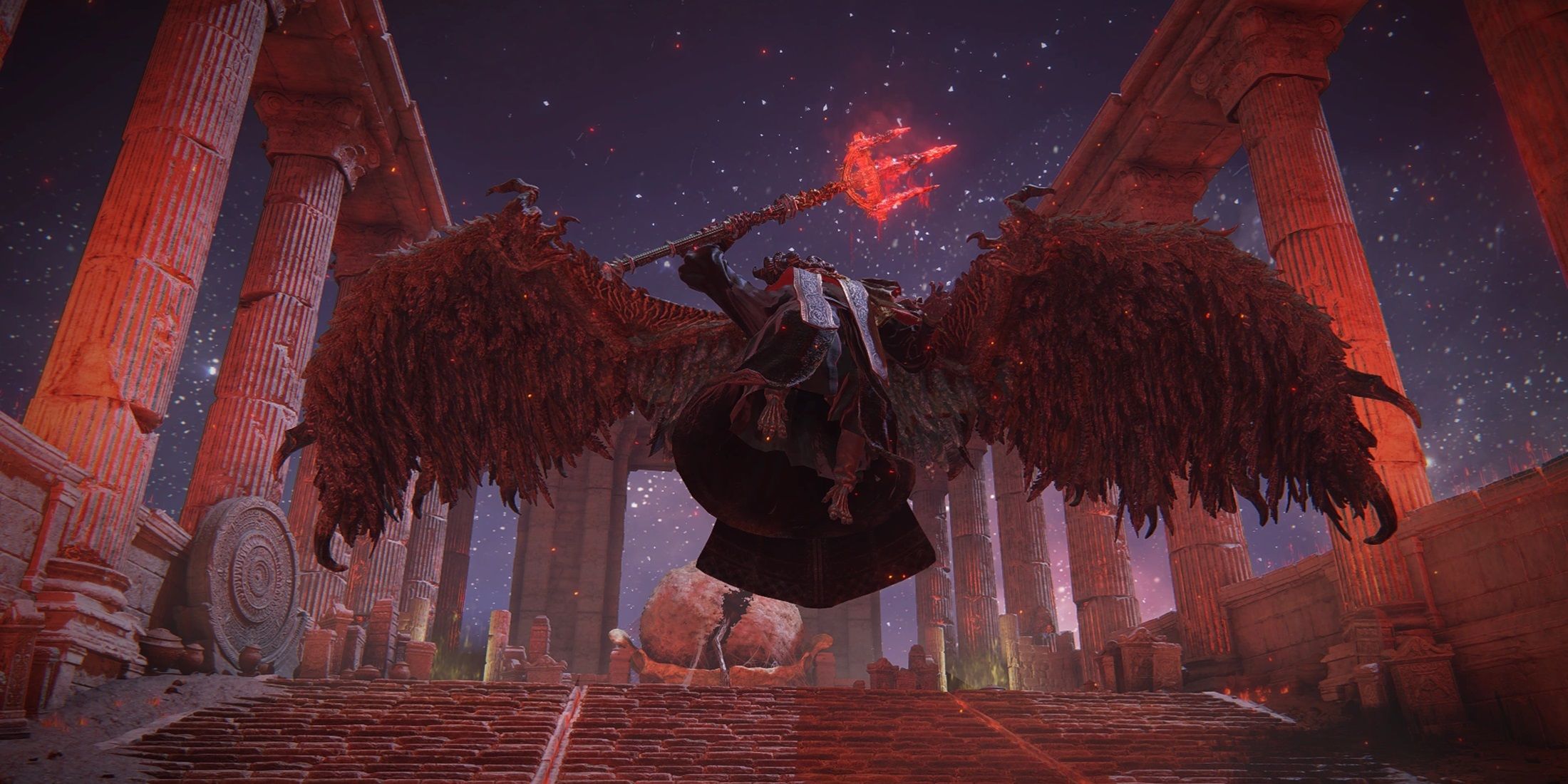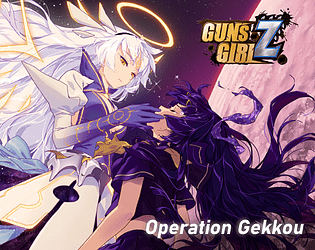Azur Lane, the engaging real-time side-scrolling shoot 'em up and naval warfare gacha game, constantly evolves through regular updates. Players are not only tasked with collecting and upgrading ships, managing equipment, and forming strategic fleets but must also stay abreast of the developers' adjustments to ship stats and skills. These balance patches are pivotal, as they can significantly shift the game's meta, making it crucial for late-game commanders to keep their rosters optimized. This guide delves into the latest buffs in Azur Lane, their importance, and how they influence current gameplay dynamics.
Why Ship Balance Matters in Azur Lane
In the world of gacha games, some units inevitably stand out more than others. Azur Lane's balance updates aim to create a more level playing field by enhancing underperforming ships through stat boosts, skill reworks, or cooldown reductions. This approach breathes new life into ships that players might have previously overlooked, allowing them to diversify their fleets without relying solely on the latest additions. Revisiting these older units with the new changes in mind can significantly enhance your gameplay experience.

Rebalanced Skills: More Impactful Than You Think
One of the most thrilling aspects of these updates is the potential for skill changes to transform a ship's role entirely. For example, destroyers that were once primarily support-based might now boast enhanced firepower or evasion stats, enabling them to play a more active role in combat. Ships like Montpelier and Honolulu have seen improvements in skill activation rates or enhanced debuffs, making them valuable additions to PvP lineups. For a comprehensive analysis of which ships are currently excelling, check out our Best Ships Tier List.
Balance Patches and Meta Shifts
Each set of buffs inevitably leads to shifts in the game's meta. Ships previously deemed underwhelming can now hold their own against S-tier units. This dynamic keeps the game fresh and prevents it from becoming stagnant. The latest patch, for instance, has boosted the viability of many light cruisers and destroyers, positioning them as effective frontline tanks or reliable damage dealers. Ships like Atlanta and San Diego, once overlooked, are now gaining relevance thanks to their revamped capabilities.
How These Changes Affect Equipment Choices
When ships receive buffs, particularly in terms of stats or skills, it's essential to adapt your equipment strategy accordingly. A destroyer that has been newly buffed might benefit more from torpedoes with high cooldown bonuses, while a cruiser with increased survivability might warrant more aggressive gear choices. It's wise to reassess your loadouts to ensure you're maximizing the potential of your fleet. For additional guidance on optimizing your loadouts following these buffs, take a look at our Upcoming Meta Ships Guide, which offers insights into theorycrafting and predictions.
Rebuilding Your Fleet With Buffed Ships
With each balance change, it's beneficial to reevaluate your main fleet's composition. Retrofitted or buffed ships that you may have previously disregarded could now outperform your usual go-to units in specific missions. Experimenting in exercises or events before fully committing your resources is a smart move, especially when testing the synergy with newly buffed support units. You might be surprised at how even minor skill tweaks can significantly alter your team's dynamics.
A Game That Grows With You
Azur Lane demonstrates that it's more than just a collection game. With every ship rework and balance patch, the game encourages players to revisit their docked favorites and consider giving them a second chance. These updates not only promote fairness but also showcase the developers' dedication to keeping all ships—old and new—viable across various game modes. For an enhanced gaming experience, consider playing Azur Lane on BlueStacks, which provides a larger screen and smoother gameplay.

 Latest Downloads
Latest Downloads
 Downlaod
Downlaod




 Top News
Top News









